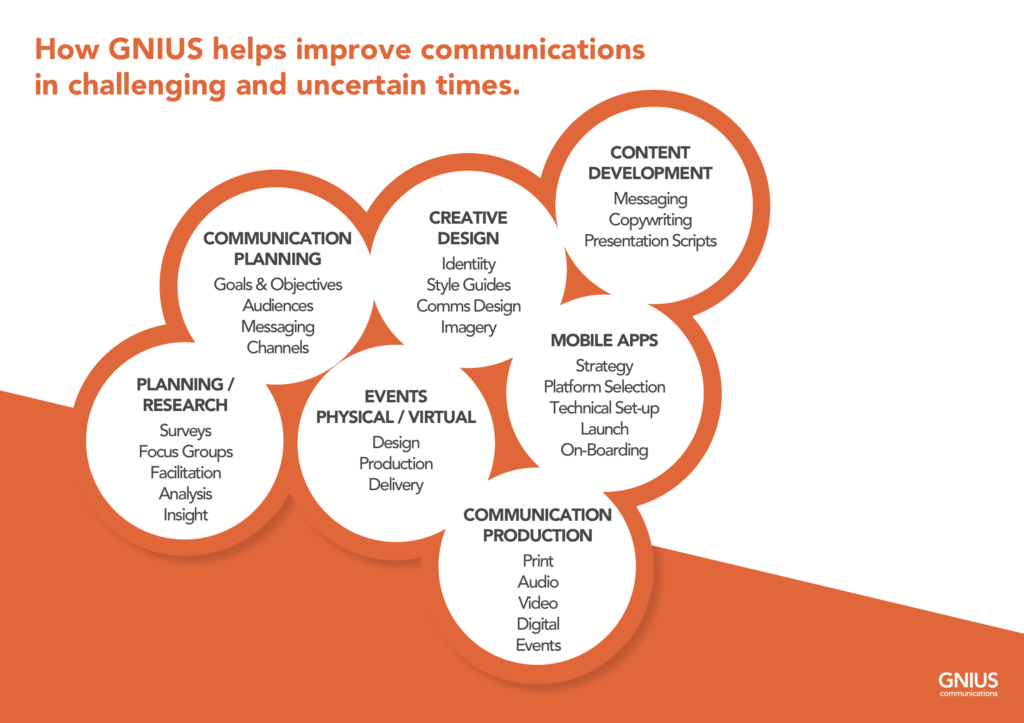
As our teams become more fragmented we need a different approach to teamwork.
One consequence of the pandemic has been an increasing fragmentation of our working lives. More of us work in different locations; places of inspiration, from home, on the road, in coffee shops, occasionally the office perhaps!
We work at different times; juggling family life, staggered travel times, shift patterns and global time zones. And, we work in different ways; socially distanced in offices and factories, on-line in virtual meet-ups and, in the ‘new ‘normal’, across a dizzying array of collaboration platforms and apps.
Real-time sometimes, asynchronous most of the time.
These days we are rarely all in the same space, tackling the same issue, at the same time. Instead, we are accessing information, asking questions, seeking support and making our contributions to different, asynchronous, timetables.
For many this challenge is new, but some organisations, like Basecamp*, have been refining this way of working for years. The key to success is summed up in one of their principles – ‘Real-time sometimes, asynchronous most of the time.’
To support your team as they adapt to asynchronous working, start with some changes to the way you manage your communications;
Create a ‘virtual home’, accessible for the whole team – whether it’s on your intranet, a shared drive, in the cloud or on a collaboration platform, create a single home for all the documentation and content your team might need e.g. major announcements, project briefings, progress updates, meeting notes, recent discussions, chats etc. You might have a different space for each team or each project, but make it accessible and comprehensive, so that everyone can ‘pull’ the material they need when they need it.
Document more than you normally would – anyone not present at a meeting or on a call will be relying on the notes and briefings to stay up to speed. Research suggests that the majority of online communication including email and text is often less detailed, and less positive, than similar face-to-face communications. It is important therefore that every activity is documented thoroughly; sense check that it really does reflect the conversation and think about how useful it will be to someone not in the room at the time.
Encourage your teams to write it down – to help maintain documentation and to improve meeting efficiency many successful remote-working businesses ask their teams to write detailed, but concise, briefing notes and meeting summaries. Not only does this help keep team members informed, it also encourages clearer thinking and better explanation of what is being proposed or discussed.
Use video to maintain the record – smartphones make it easy to create and share video content. Project overviews and updates, team briefings etc. can be recorded, shared and archived as resources for team members. (Remember to take some time thinking through your messages and script before you start recording!) Where possible you might record and archive online calls and meetings, many platforms have these facilities built in.
And, when you do have meetings; make the most of them! – Don’t spend your time explaining stuff that everyone could have read about or watched in advance. Focus instead on useful discussion, making decisions and securing collective agreement on actions and next steps. And remember to document it all for anyone who couldn’t be there or may be working on this project in the coming months!
* You can read more about Basecamp’s approach on their website – https://basecamp.com/guides/how-we-communicate
